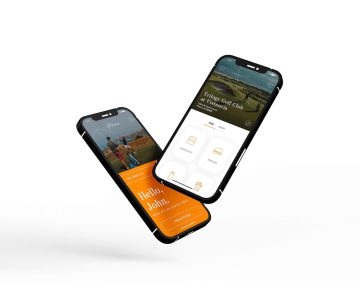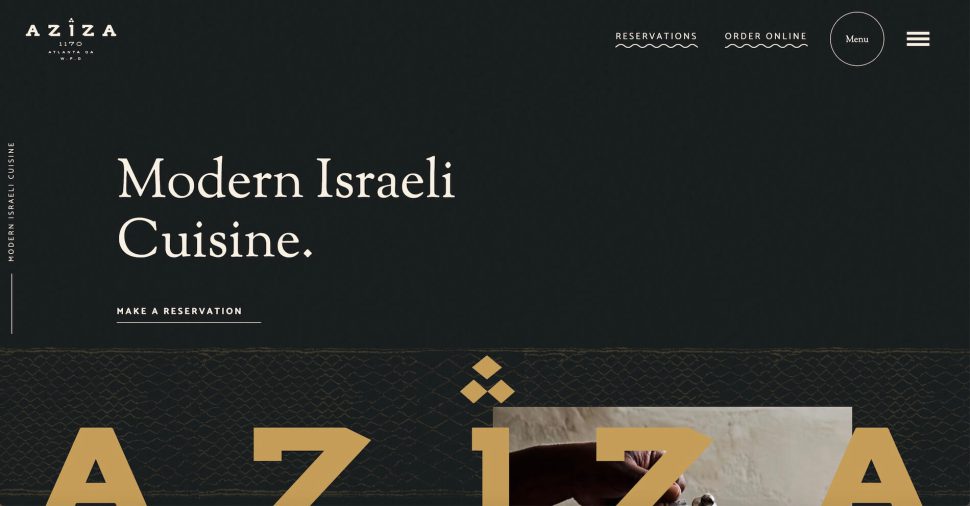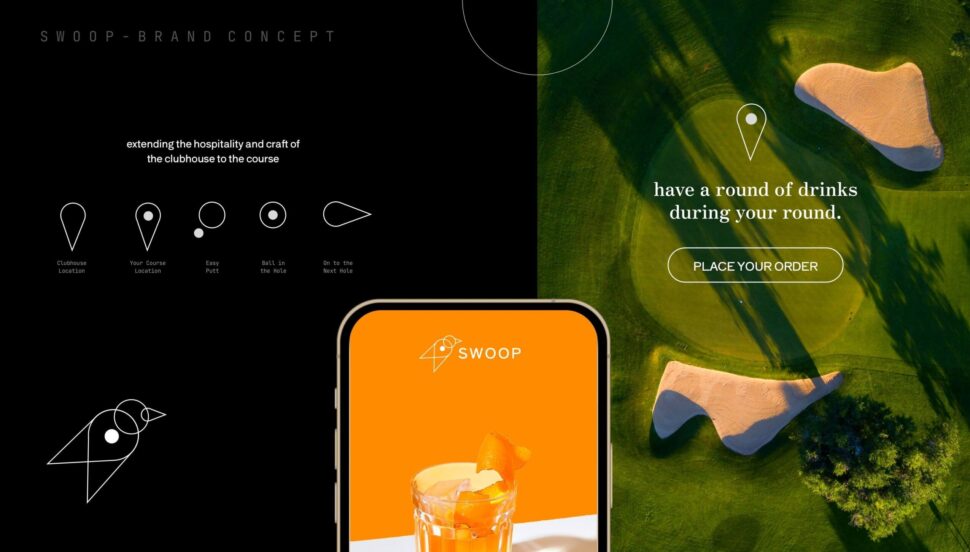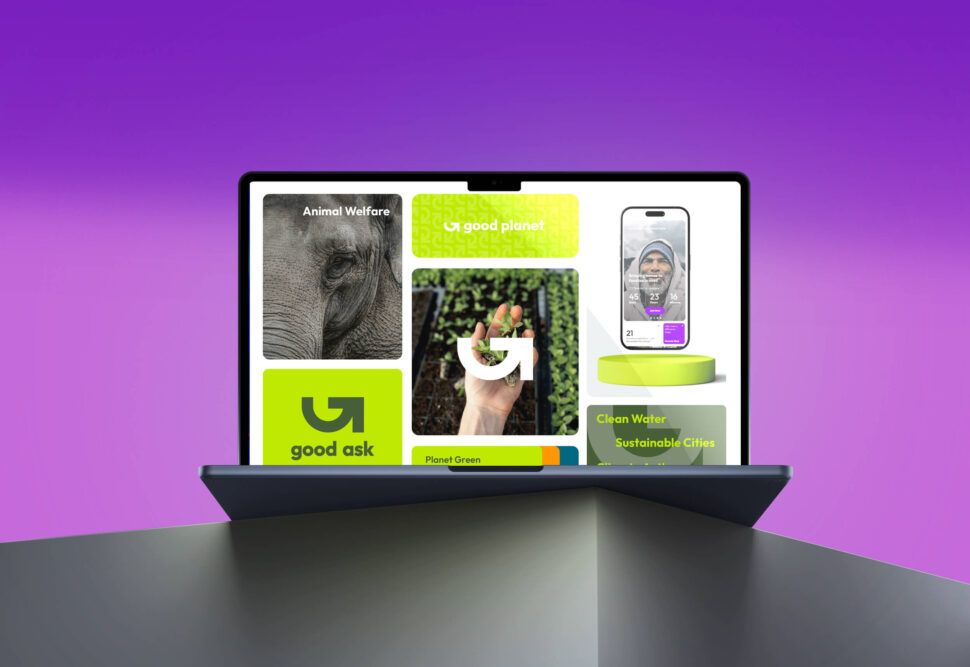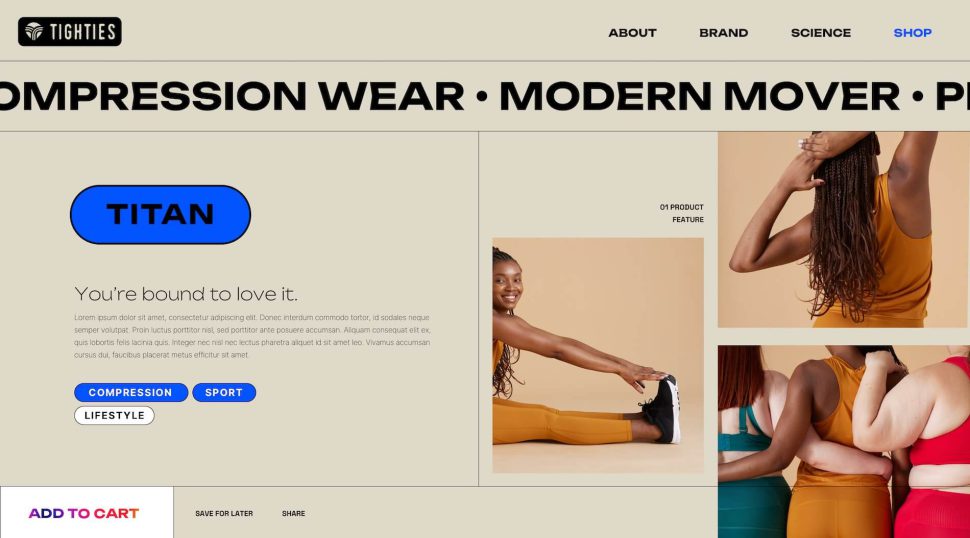June 13, 2025
Unlocking Success: Essential User Research Methods for Effective UX Design
- Visual Soldiers
- UX/UI Design
- minute read

Understanding your users is more crucial than ever these days. Enter the realm of User Research Methods in UX Design: A Comprehensive Guide. Whether you’re a seasoned professional or just starting your journey in design, grasping these user research methods can make a significant impact on the effectiveness of your designs. In this article, we will explore the importance of user research, dive into popular methods, and discuss how to conduct user interviews and utilize surveys to gather valuable insights. Finally, we’ll look at how to analyze and implement these findings within your UX design process. Brace yourself for a journey into the heart of user-centered design!
Understanding the Importance of User Research in UX Design
User research methods in UX design are crucial for creating products that truly resonate with users. By employing effective user research techniques, designers can gather valuable insights into user behavior, needs, and preferences. This not only enhances user satisfaction but also minimizes the risk of costly redesigns later in the process. In a landscape where user expectations are constantly evolving, understanding which user research methods are most effective can dramatically influence the success of your project.
Conducting thorough user research allows design teams to develop empathy towards their audience, shaping a more user-centered approach in their design process. Whether it’s through surveys, interviews, or usability tests, each method offers unique benefits and can uncover different insights. By incorporating a variety of user research methods in UX design, you ensure that your final product is not just functional, but delightful for your intended users. The right combination of techniques can lead to innovative solutions that are both user-friendly and aligned with business objectives.
Overview of Popular User Research Methods
When diving into the world of User Research in UX Design, it becomes crucial to understand the various techniques used to gather insights about user behavior and preferences. Popular methods include surveys, interviews, usability testing, and ethnographic studies, each offering unique perspectives and depth of information. Surveys allow for quantitative data collection from a broad audience, while interviews provide richer qualitative insights from individual experiences. Usability testing is fundamental in evaluating how users interact with a product, revealing any pain points that require attention. Ethnographic studies, on the other hand, immerse researchers in the user’s environment, yielding in-depth understanding of their habits and needs. By selecting the right blend of these User Research Methods, designers can create tailored, user-centered experiences that resonate with their audience and enhance overall satisfaction.
Conducting Effective User Interviews
Conducting effective user interviews is a vital part of understanding the user experience and falls under the umbrella of user research methods in UX design. To gather valuable insights, it’s essential to prepare thoroughly and create a comfortable environment for participants. Start by defining clear objectives: what specific information do you want to glean from your interviews? This focus will help you formulate relevant questions. During the interview, listen actively, allowing participants to share their thoughts in their own words, which can reveal unexpected insights about their behaviors and preferences. Additionally, incorporating diverse user profiles in your interviews will enhance your understanding of varying user needs and expectations. By utilizing these best practices, you can significantly enhance your user research methods in UX design, leading to richer data and more effective design solutions.
Utilizing Surveys and Questionnaires for Insight
UX research begins with understanding the pivotal role of surveys and questionnaires. These tools serve as the backbone of user research, allowing UX designers to gather valuable feedback directly from end-users. By crafting well-structured surveys, designers can unveil critical insights into user preferences, behaviors, and pain points. It’s essential to ensure that questions are clear and concise to maximize response rates and enhance the quality of data collected. Moreover, employing a mix of open-ended and multiple-choice questions can provide a more rounded perspective on user experiences. Utilizing these user research methods effectively helps create more intuitive designs tailored to the audience’s needs, ultimately fostering a more engaging user experience. Practicing ethical standards in survey distribution also ensures that participant privacy is respected, enhancing the overall trust in your brand.
Analyzing and Implementing Findings in UX Design
User research is a fundamental aspect of crafting exceptional user experiences in UX design. By employing various user research methods in UX design, designers can gather critical insights that inform and refine their projects. Understanding user needs, behaviors, and motivations is essential for creating products that resonate with the target audience. In this comprehensive guide, we’ll explore some of the most effective user research methods used in UX design. From surveys and interviews to usability testing and ethnographic studies, each method serves a unique purpose in unraveling user insights. By combining qualitative and quantitative data, designers can make informed decisions that enhance the user experience. Implementing these findings not only boosts user satisfaction but also increases the likelihood of achieving business goals. As you dive deeper into the world of UX design, remember that effective user research is not a one-time task, but an ongoing process that helps to evolve your design solutions in alignment with user needs.
